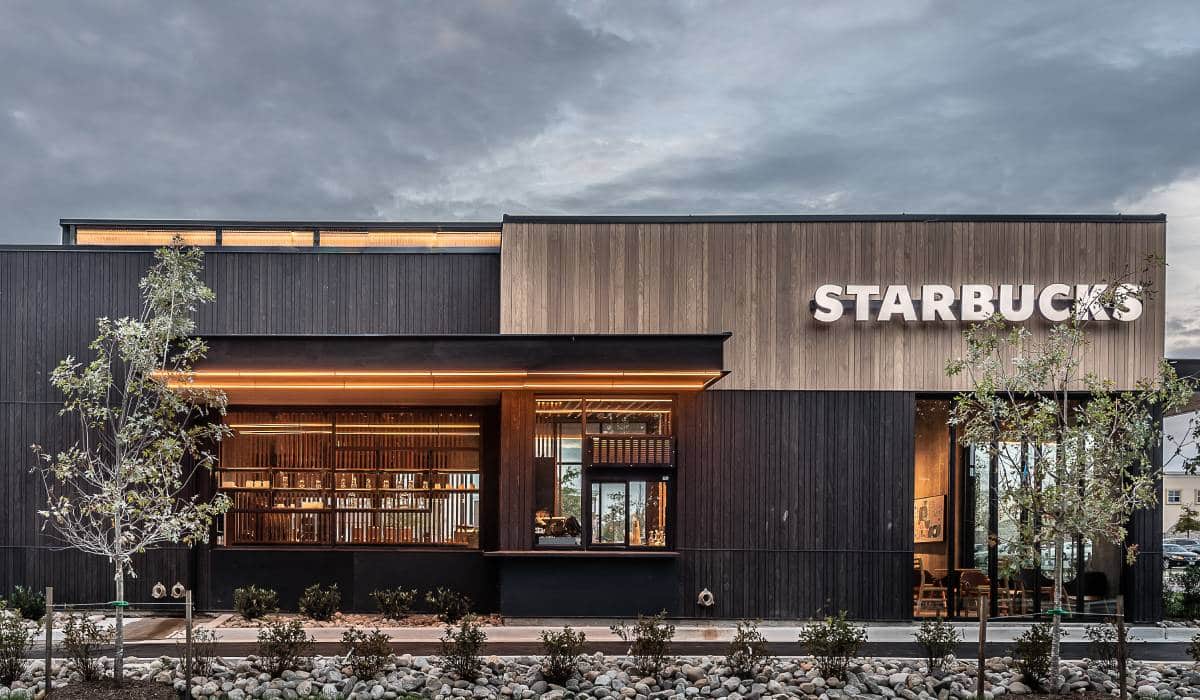More than 1,000 Starbucks employees at 100 stores across the U.S. are going on a three-day strike starting Friday to build momentum for unionization, according to the Associated Press.
A little more than a year ago, a group of stores in Buffalo voted to join a union. Since then, more than 250 shops have approved the same measure. That’s roughly 3 percent of Starbucks’ U.S. company-run footprint. The coffee chain and roughly 50 unionized locations have started negotiations, the AP reported, but no final agreements have been reached.
Starbucks Workers United, the organizing group, said on Twitter that it’s the “longest collective action of our campaign yet.” According to its map, Starbucks stores spanning from Washington to Massachusetts are participating in the strike. Employees across 110 stores held a one-day strike in November, juxtaposed against the company’s annual Red Cup Day.
Unionized stores are arguing for a bigger say in setting organization policies, health and safety conditions, protections from unfair firings or discipline, and benefits and wages. Meanwhile, Starbucks said it respects workers’ right to protest, but believes it’s better to talk with employees directly as opposed to a union.
In the past year, there’s been much back and forth between the two sides. Workers United has filed roughly 450 unfair labor practice charges against Starbucks, and the company has filed 47 charges of its own, including accusations of the union violating bargaining rules. In August, Starbucks asked the National Labor Relations Board to suspend all union elections after alleging misconduct between Starbucks Workers United and officials from the board.
The union battle serves as the backdrop of a new era for Starbucks. Former CEO Kevin Johnson retired in the spring, putting cofounder Howard Schultz back into the leadership position. In the past several months, the industry executive has touted a “Reinvention Plan” to recreate the coffee chain’s environment and bring it back to relevance, which includes a $450 million investment in new equipment. Shortly after Schultz took over, he said Starbucks can’t be “distracted by the different vision being put forward by union organizers at some Starbucks stores.”
The chain will also soon be under new leadership. In September, Starbucks named former Reckitt Benckiser Group leader Laxman Narasimhan its new CEO. He officially joined the brand in October and will begin his tenure in April. Before that hire, Rossann Williams, who led North America business, left after more than 17 years. The chief human resources officer, executive vice president of public affairs, general counsel, and senior vice president of public policy all reportedly left the team, as well. In August, it was revealed that COO John Culver would step down and that his position will be eliminated.










